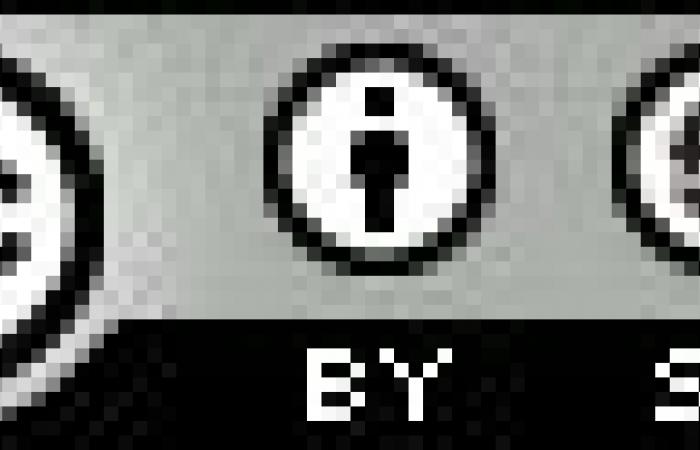To address the estimated cost of $11 billion to bring samples collected by the Perseverance rover to Earth by 2040 at the earliest, the US space agency recently announced that it will fund seven proposals from the private sector, as well as three internal ones, to reduce costs and speed up mission development.
Following several reports from the US Government Accountability Office (GAO), which provides the US Congress with timely, concrete and bipartisan information on the work of government agencies, last winter the ambitious Mars Sample Return mission was called into question.
Last April 15, during a teleconference, it was announced that the most recent mission architecture had been abandoned and a call for proposals was opened to receive better proposals.
Among the 48 proposals received, NASA selected five large private companies that already collaborate with the space agency and two small new entries. Starting in mid-July, each will receive $1.5 million to submit a first draft within 45 days and a detailed proposal after another 45.
Here are the selected proposals:
- Lockheed Martin Rapid Mission Design Studies for Mars Sample Return by Lockheed Martin;
- Enabling Mars Sample Return With Starship by SpaceX;
- A High-Performance Liquid Mars Ascent Vehicle, Using Highly Reliable and Mature Propulsion Technologies, to Improve Program Affordability and Schedule by Aerojet Rocketdyne;
- Leveraging Artemis for Mars Sample Return by Blue Origin;
- High TRL MAV Propulsion Trades and Concept Design for MSR Rapid Mission Design by Northrop Grumman;
- Quantum Anchor Leg Mars Sample Return Study of Quantum Space;
- A Rapid Design Study for the MSR Single Stage Mars Ascent Vehicle of Whittinghill Aerospace.
The three internal NASA proposals instead come from Jet Propulsion Laboratory (JPL), fromApplied Physics Laboratory (APL) from Johns Hopkins University and a joint group of several centers.
Among the big names present, the notable absence is Boeing, which at the beginning of May had publicly presented a proposal based on the new Space Launch System (SLS) launcher, of which the company is building the main and upper stages.
Of the two new companies selected, Quantum Space includes Kam Ghaffarian, former co-founder of Intuitive Machines and Axiom Space, among its founders, while Whittinghill Aerospace is still rather elusive.
Of course, no details regarding the proposals have been released; from some of the titles of the proposals it is possible to guess the architecture, but for the others we will have to wait at least until next autumn.
“The mission Mars Sample Return It will be one of the most complex NASA has ever undertaken, and it is vital that we do it faster, with less risk, and at a lower cost,” said NASA Administrator Bill Nelson. «I am really curious to see the proposals of these companies, our centers and collaborators, looking at new, exciting and innovative ideas to discover the secrets of the red planet».
According to what has been released so far, no mention has been made regarding the already agreed participation of the European space agency ESA which, according to the old agreements, would have supplied the robotic arm Sample Transfer Arm (STA) for sample recovery from Perseverance’s cargo bay and the orbiter Earth Return Orbiter (ERO) for the return journey to Earth.
Source: NASA
![]() This article is copyright of the ISAA Association 2006-2024, unless otherwise indicated. – Consult the license. Our license does not apply to any third party content in this article, which remains subject to the terms of the respective rights holder.
This article is copyright of the ISAA Association 2006-2024, unless otherwise indicated. – Consult the license. Our license does not apply to any third party content in this article, which remains subject to the terms of the respective rights holder.






